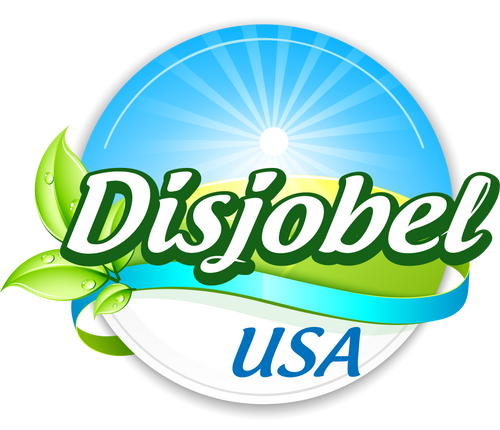Even though we don’t realize it, food science is essential for our daily life. As the global population keeps increasing, it is even more important to ensure that food is safe, is of high quality, and is being produced in a sustainable way.
This scientific branch has undergone tremendous evolution in recent years. Currently, it combines knowledge from different areas to meet today’s food challenges. Therefore, this is evident in the creation of healthier and more accessible foods.
What is Food Science, and Its Main Field of Study?
In theory, it is the study of physical, microbiological, and chemical principles involved in food production, processing, and preservation (Lee, 2024). Consequently, the branches of food science include:
- Food chemistry. Analyzes the composition of food and the chemical changes that occur during processing. For example, the use of food additives like preservatives and colorants to enhance texture and longevity.
- Food microbiology. Studies microorganisms that can affect food quality and safety, including pathogens.
- Food engineering. Focuses on industrial production and packaging processes, optimizing efficiency and sustainability.
- Food technology. Focuses on innovations in food preservation and processing techniques, improving its lifespan and freshness. For instance, pasteurization and modified atmosphere packaging prolong safety.
- Sensory analysis. Evaluates sensorial characteristics, such as taste and texture, to ensure consumer acceptance.
- Quality control. Ensures that products comply with food safety regulations.
All in all, these areas, when combined, enable the creation of safe, high-quality food for everyone.
Food Science vs. Food Safety
This science doesn’t interfere with food safety; on the contrary, they work together. In fact, by using modern techniques, they can identify risks, prevent diseases, and enable the development of healthier foods.
Additionally, organizations such as the FDA and FSMA create regulations to ensure food safety. Due to all of this, the risks associated with consuming them are reduced.
Innovations and Current Trends
Innovations in food technology are experiencing an unprecedented transformation. With practices such as:
Smart Manufacturing
To achieve good results, it is important to be precise and aim for production with less waste, for example:
- Precision agriculture: by using sensors, drones, and data analyses, it is possible to improve crop production and resource efficiency.
- Artificial intelligence: is helping process optimization in the food chain, from quality control and logistics.
As a result, these branches of food science work together to guarantee quality and innovation throughout the entire production chain.
Food Science: New Ways to Produce Food
The food product development involves several stages:
- Research and formulation.
- Microbiological and sensory testing.
- Production scaling.
- Market evaluation.
In addition, tools such as 3D printing and nanotechnology simplify production, ensuring it is safe and practical. Products such as fruit pureé also undergo research and sensory testing processes, ensuring quality and market acceptance.
In short, all these practices share a main objective: developing alternative foods that reduce environmental impact, thus responding to the challenge of feeding a growing population without compromising the planet's resources. While many things are changing, one thing is sure: food science will become increasingly important in building a better world.
Discover high-quality and safe products in Disjobel USA.
References
ICL Group (2025, 16 de January). Emerging Foodtech Trends and Innovations In 2025. https://www.icl-group.com/blog/hadar-sutovskys-vision-for-the-future-of-food-tech/
Lee, M. (2024). Food science. https://www.ebsco.com/research-starters/nutrition-and-dietetics/food-science





















